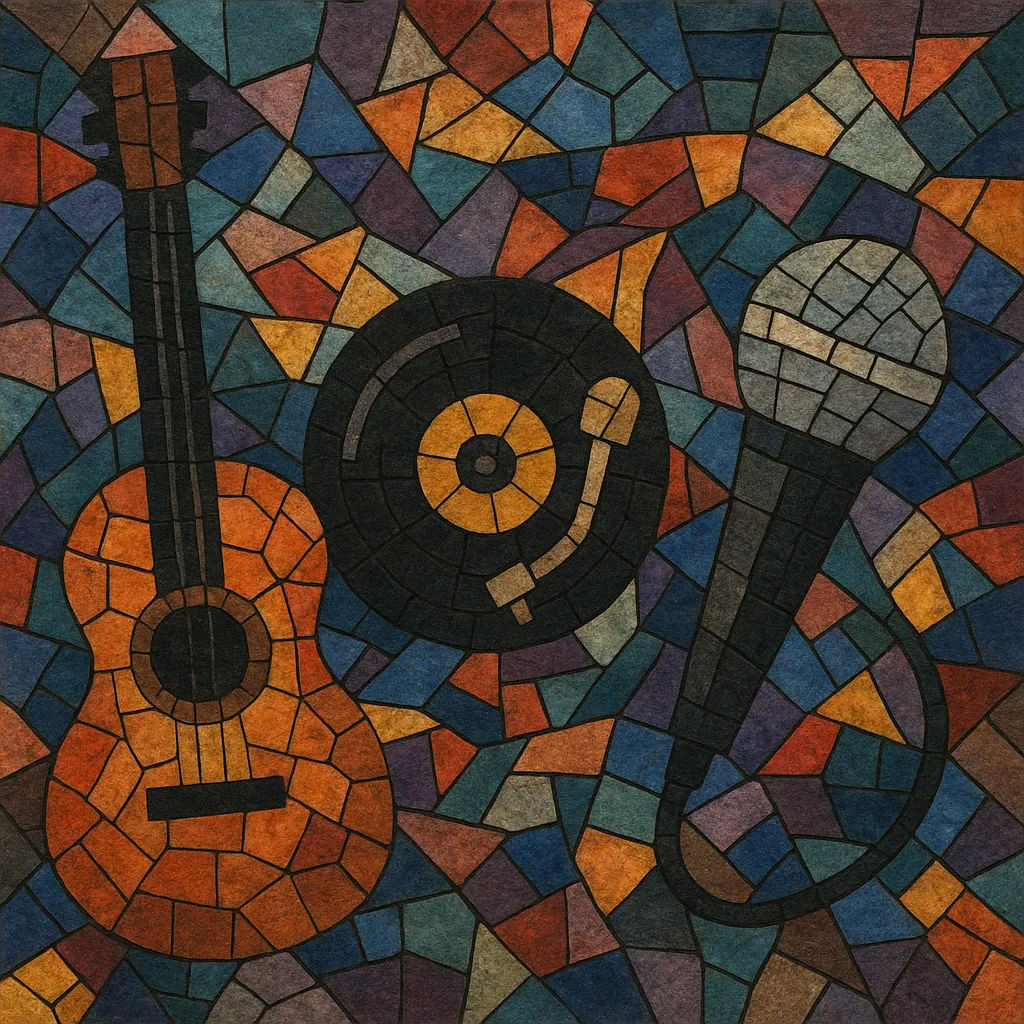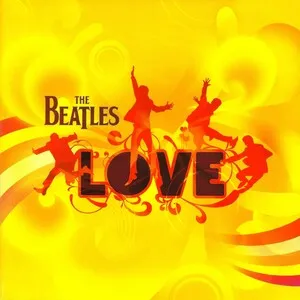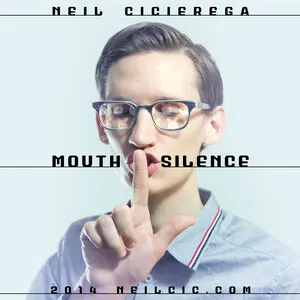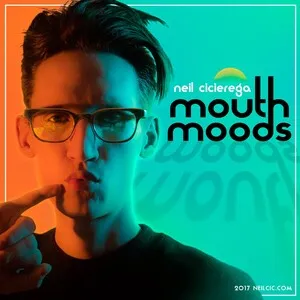Mashup is a genre and production technique in which two or more pre‑existing recordings are combined to form a new track, most commonly by placing the vocal (a cappella) from one song over the instrumental of another.
It relies on beatmatching, harmonic mixing, and careful editing to create the illusion that disparate sources naturally fit together.
Unlike a traditional remix (which typically reworks stems from a single song) or a medley (which plays songs sequentially), a mashup emphasizes simultaneous overlay and interplay between multiple songs, often highlighting humor, contrast, or surprising continuity.
The style rose to prominence in the early 2000s UK “bastard pop” scene and spread via file‑sharing, blogs, and video platforms; it remains popular in DJ culture, pop culture countdowns, and internet meme communities, while inhabiting a legal gray area due to copyright.
Early sample collage and cut‑and‑paste practices laid the groundwork for mashups. Hip hop’s turntablism and sampling culture (e.g., Double Dee & Steinski’s "Lessons" in the 1980s) demonstrated rhythmic, narrative splicing. John Oswald’s plunderphonics explored conceptual collage, while club DJs experimented with layering a cappellas over instrumentals in real time. By the late 1990s, accessible DAWs made desktop editing, time‑stretching, and key shifting feasible for hobbyists.
Mashups broke into public consciousness in the early 2000s United Kingdom, thanks to club nights like Bastard and a surge of bootleg culture. Landmark releases included The Freelance Hellraiser’s "A Stroke of Genius" (Christina Aguilera vs. The Strokes) and 2 Many DJs’ "As Heard on Radio Soulwax Pt. 2" (2002), which proved multi‑track mashups could be cohesive albums. Danger Mouse’s "The Grey Album" (2004), blending Jay‑Z with The Beatles, ignited a copyright debate and thrust mashups into mainstream media.
Blogs, forums, and YouTube accelerated circulation and discovery. Artists like Girl Talk popularized dense, multi‑source party collages; DJ Earworm’s "United State of Pop" annuals showcased chart‑year summations; The Hood Internet bridged indie and hip hop audiences. Improvements in time‑stretching and pitch‑shifting, along with the availability of official a cappellas and DIY isolation techniques, raised production quality and performance viability.
AI source separation (e.g., Demucs) made clean stems from full mixes widely accessible, lowering barriers to entry and enabling more ambitious pairings. Mashup culture cross‑pollinated with meme communities (Soundclown, YTPMV, Otomad) and informed hyper‑online sample styles (e.g., dariacore) and harder, breakcore‑leaning mashcore. Despite occasional takedowns, the mashup remains a durable, community‑driven art of recontextualization.







%2C%20Cover%20art.webp)
